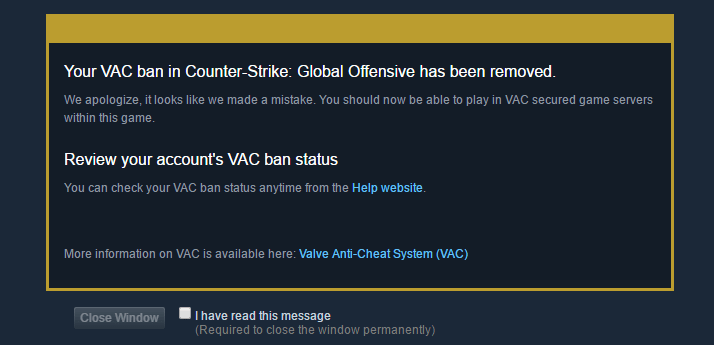Bully Tee Blog
Your go-to source for everything related to bullies and tee culture.
When CSGO Toxicity Turns Legendary: Unpacking the Report Chronicles
Dive into the wild world of CSGO toxicity as we unveil legendary report stories that will shock and entertain gamers everywhere!
The Evolution of CSGO Toxicity: From Banter to Legendary Feuds
The evolution of CSGO toxicity has been a gradual yet significant transformation, transitioning from benign banter among players to the emergence of legendary feuds. In the early days, players engaged in playful trash talk, often seen as a rite of passage within the gaming community. This friendly ribbing provided moments of levity during intense matches, creating a sense of camaraderie. However, as the game's popularity soared, so did the toxicity levels, leading to more aggressive behavior that transcended playful banter. Gamers found themselves entangled in heated arguments, with a notable increase in reports of harassment and bullying.
As the competitive scene of CSGO developed, the toxic culture shifted from lighthearted teasing to serious rivalries and infamous feuds between players and teams. Legendary disputes, such as the ongoing rivalry between players like n0tail and LDLC, exemplified how feuds could escalate beyond the game itself, spilling into social media and creating a narrative that captivated fans. This evolution reflects not only the changing attitudes towards competition but also the increasing stakes involved in professional gaming. As CSGO toxicity continues to evolve, it raises questions about the balance between competitive spirit and sportsmanship, leaving the community divided on its implications for both players and the game.

Counter-Strike is a popular tactical first-person shooter franchise that has captivated millions of players around the world. The latest installment, known as CS2, introduces new gameplay mechanics and graphics enhancements. Players are always interested in strategies to enhance their performance, especially during a cs2 rank reset, which can impact their competitive standings.
Understanding the Impact of Toxic Behavior on CSGO's Community and Gameplay
The impact of toxic behavior on the Counter-Strike: Global Offensive (CSGO) community is profound, affecting both player experience and the game's overall environment. Toxicity can manifest in various forms, including verbal abuse, trolling, and unsportsmanlike conduct, which can lead to a negative atmosphere that discourages players from enjoying the game. According to a survey conducted by Valve, a significant number of players have reported negative interactions in matches, citing this behavior as a major reason for their disengagement from the game. This degradation of community morale not only affects player retention but also contributes to a toxic cycle where new players may adopt similar behaviors, perpetuating the problem further.
Moreover, toxic behavior can severely impact gameplay itself. When players engage in harassment or intentionally sabotage their teammates, it disrupts team cohesion and strategic execution during matches. This results in an uneven playing field that frustrates not only the victims of toxicity but also those who strive for a competitive experience. The ripple effects of such behavior can be seen in a player's skill development as frustration and low morale often deter them from improving their gameplay. Thus, addressing and mitigating toxic behavior within the CSGO community is essential for fostering a healthy environment conducive to both player enjoyment and skill advancement.
What Makes CSGO Toxicity Legendary? A Deep Dive into Notorious Moments
The legendary toxicity in CSGO has become a phenomenon that not only shapes the game but also contributes to community narratives. From unwarranted accusations to intense flaming, some moments have carved their names into the annals of gaming history. One such instance occurred during a high-stakes tournament, where a single player’s emotional outburst led to a heated exchange that escalated quickly, capturing the attention of thousands of viewers. These instances often give rise to viral clips and memes, anchoring the toxicity in the very fabric of CSGO culture.
Moreover, toxicity in CSGO goes beyond individual players; it’s often reflected in the broader community dynamics. Shoutcasters and content creators frequently discuss notorious moments, such as the infamous "Baiting" controversy, where players were seen sacrificing teammates for personal gain. This has sparked debates about ethics in gameplay and has led to the creation of unwritten rules that govern player interactions. The legendary nature of these moments lies not just in their shock value but also in how they ignite passionate discussions among players and fans alike.